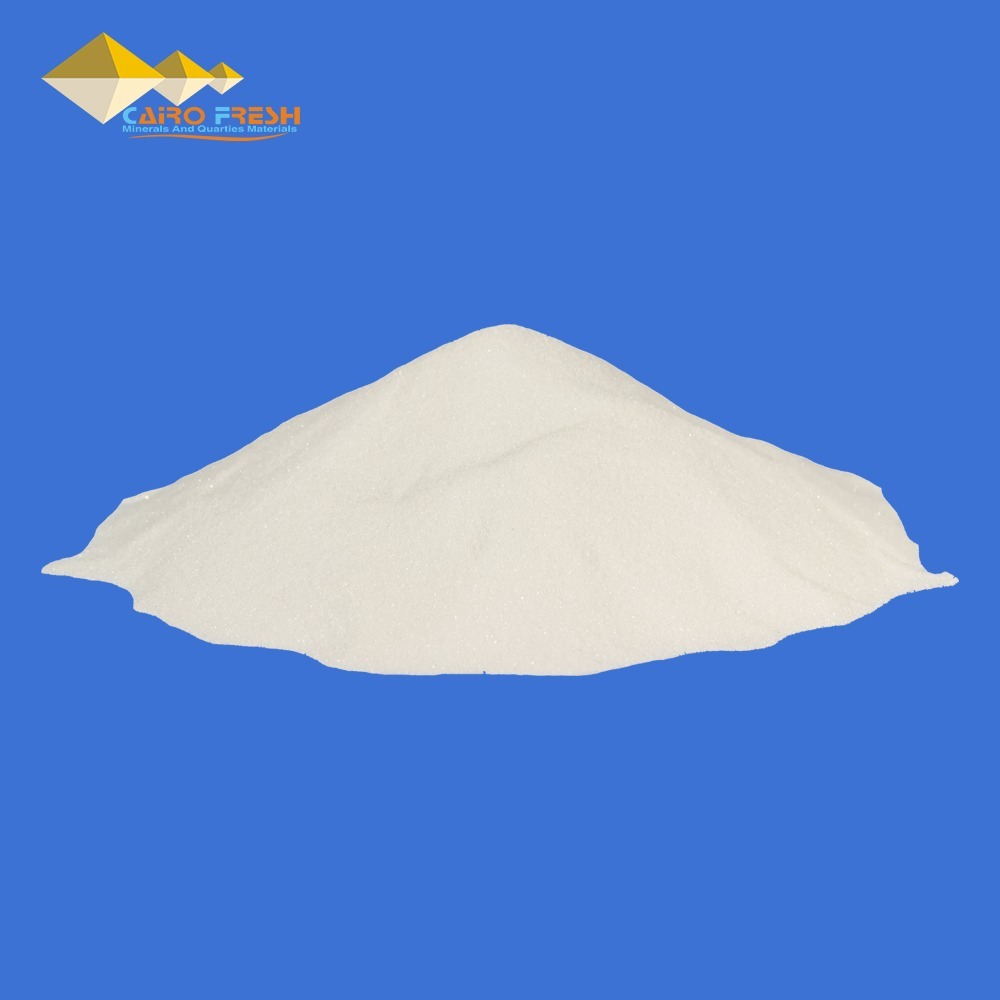Silica sand, a naturally occurring mineral with diverse applications, has found its way into the agricultural sector, where its unique properties contribute to soil improvement, crop health, and water management. While the use of silica sand in agriculture brings forth a range of benefits, it also raises concerns that require careful consideration. In this comprehensive guide, we explore the advantages of incorporating silica sand in agriculture and address the associated concerns to foster a balanced and informed perspective.
Benefits of Silica Sand in Agriculture
Soil Structure Enhancement:
Silica sand, when incorporated into soil, contributes to improved structure and aeration. Its granular nature prevents soil compaction, allowing for better water infiltration and root development. This enhanced soil structure promotes healthier plant growth and facilitates nutrient absorption.
Water Retention and Drainage:
Silica sand’s ability to retain moisture while facilitating efficient drainage makes it a valuable addition to various soil types. This dual functionality aids in water management, preventing both waterlogged conditions and excessive drying of the soil. This is particularly beneficial in regions with irregular rainfall patterns.
Nutrient Availability:
Silica sand contains trace elements such as silicon, which can contribute to increased nutrient availability in the soil. Silicon is known to enhance plant resistance to pests and diseases while promoting robust root systems. This, in turn, improves overall crop health and productivity.
pH Regulation:
Silica sand has a neutral pH, making it an ideal amendment for soils with acidity issues. When incorporated into acidic soils, silica sand can help balance pH levels, creating a more favorable environment for a wide range of crops.
Natural Pest Resistance:
The presence of silicon in silica sand can boost a plant’s natural resistance to pests and diseases. This innate defense mechanism reduces the reliance on chemical pesticides, aligning with sustainable agricultural practices and environmental conservation.
Concerns Associated with Silica Sand in Agriculture
Respiratory Health Risks:
Silica dust, a byproduct of handling and processing silica sand, poses potential respiratory health risks to agricultural workers. Dust inhalation can lead to conditions such as silicosis. To mitigate this concern, proper safety measures, including the use of protective equipment and dust control measures, should be implemented.
Environmental Impact:
The mining and extraction of silica sand for agricultural use can have environmental consequences, including habitat disruption and soil erosion. Sustainable mining practices and responsible resource management are crucial to minimizing the ecological footprint of silica sand extraction.
Water Contamination:
Runoff from fields treated with silica sand may contain residual particles that could contribute to water contamination. Implementing best management practices, such as controlled application and monitoring, can help mitigate this concern and safeguard water quality.
Effect on Beneficial Microorganisms:
Silica sand may influence the microbial populations in the soil. While it can contribute to a more stable soil environment, the potential impact on beneficial microorganisms should be considered to maintain a balanced soil ecosystem.
Addressing Concerns and Best Practices
Safety Measures for Workers:
Implementing stringent safety measures, including proper training, the use of protective equipment, and dust control technologies, is essential to minimize the risk of respiratory issues among workers handling silica sand in agricultural settings.
Sustainable Mining Practices:
Embracing sustainable mining practices, such as reclamation and rehabilitation efforts, helps mitigate the environmental impact of silica sand extraction. Responsible resource management ensures the long-term availability of this valuable agricultural amendment.
Controlled Application and Monitoring:
Practicing controlled application of silica sand and regularly monitoring soil and water quality can address concerns related to water contamination. Precision agriculture techniques can assist in optimizing the use of silica sand without compromising environmental integrity.
Balanced Soil Management:
Incorporating silica sand into a comprehensive soil management plan, considering factors such as soil type, crop requirements, and environmental conditions, ensures a balanced approach that maximizes benefits while minimizing potential drawbacks.
Conclusion
Silica sand’s role in agriculture presents a spectrum of benefits, ranging from soil structure enhancement to natural pest resistance. However, concerns related to worker safety, environmental impact, and potential soil ecosystem disturbances must be addressed through proactive measures and best practices. As the agricultural sector continues to explore innovative solutions for sustainable and efficient crop production, the informed and responsible use of silica sand can contribute significantly to the pursuit of agricultural excellence. By striking a careful balance between the advantages and concerns, agriculture can harness the full potential of silica sand as a valuable resource in the quest for global food security.





